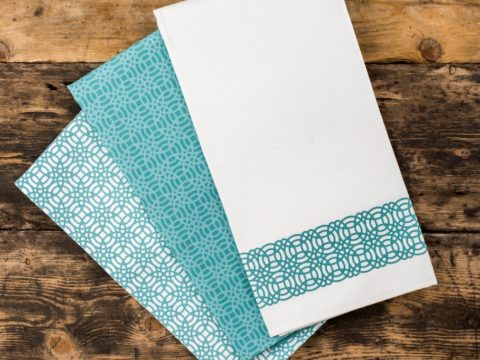Interview with Dr Nigel Wright
Curator and House Manager at Hardwick Hall
TT: Can you tell us how the exhibition, We are Bess, came about?
NW: The National Trust has a whole year devoted to Women in Power celebrating the centenary of the extension of the vote to women in 1918. For Hardwick, we wanted to look back further and Bess seemed very relevant to the topic. She was such an extraordinary woman, we wanted to highlight her achievements. Also, there is so much still to find out about her. Her letters have finally been transcribed and are online, and there is so much detail in them.
TT: What are you hoping to achieve in the exhibition?
NW: We wanted to look at how the present can illuminate the past, and to use modern women’s experiences in a new way to do that. The exhibition is different from anything we have done before.
TT: What was the greatest challenge in mounting the exhibition?
NW: We really did not know what the women we invited to take part would make of it – in fact, they loved it. The next challenge will be seeing what the visitors make of it. We hope they will understand what we are trying to do.
TT: In the background information, you mention that Bess built four houses – can you tell us a bit about her building activities?
NW: The first property she built was at Chatsworth, which was intended to be the main family home, for her son and heir, Henry Cavendish. [TT: he was married to Grace Talbot, daughter of Bess’ fourth husband, the Earl of Shrewsbury. Henry and Grace had no children, and the property passed to Bess’ second son, William] It wasn’t until her marriage to Shrewsbury broke down that she came back to Hardwick. She began by extending the Old Hall where she was born, and which had had work done by her brother.
TT: How come she built another house right next to the Old Hall? Why not either continue to extend that, or pull it down?
NW: The two houses were always intended to work together. You have to remember that she had a very large household – her second son spent most of his time here (although she built a house for him at Oldcotes) and, of course, her granddaughter, Lady Arbella Stuart, who, as a possible heir to the throne, needed a large household. This could have been the girlhood home of a Queen of England. Looking round the High Great Chamber that we are in, you can see the royal coat-of-arms – yes, that could have been an indication of Bess’ loyalty to Elizabeth I, but Elizabeth was never going to visit. It was to remind visitors of the status of Arbella.
So, the old and the new houses worked in tandem. Also, the Old Hall was asymmetrical and old-fashioned. The New Hall was built to the most modern design. We can tell that Bess had a lot of input into the design. She had an eye for detail. Then, after Bess’ death, the house was neglected for Chatsworth. From having been at the forefront of fashion, it fell into disuse. The next person to take a real interest in it was the 6th Duke of Devonshire [TT: Bess’ 7 x great-grandson 1790 – 1858]. He undertook considerable work here, and also died here.
TT: The video mentions that Bess was derided for being ‘ambitious and greedy’, implying that that view is unfair, but maybe she was? Surely you couldn’t achieve what she did without being driven?
NW: I think her behaviour was no different from that of a man in her position. The level of ostentation and grand display, and the ambition for her family would have been considered admirable in a man. But the point is more that Bess was also other things. You can see from her accounts and letters that she took care of her workers – she paid for medical treatment, and treated them very well. She also looked after her family – gave many of them jobs and definitely fulfilled a matriarchal role. Yet history has concentrated on the negative.
TT: If you could ask Bess one thing, what would it be?
NW: Oh! That’s an interesting one. I think I’d like to know where she got her energy! She began building Hardwick in her sixties – moving in on her seventieth birthday. She never slowed down!
